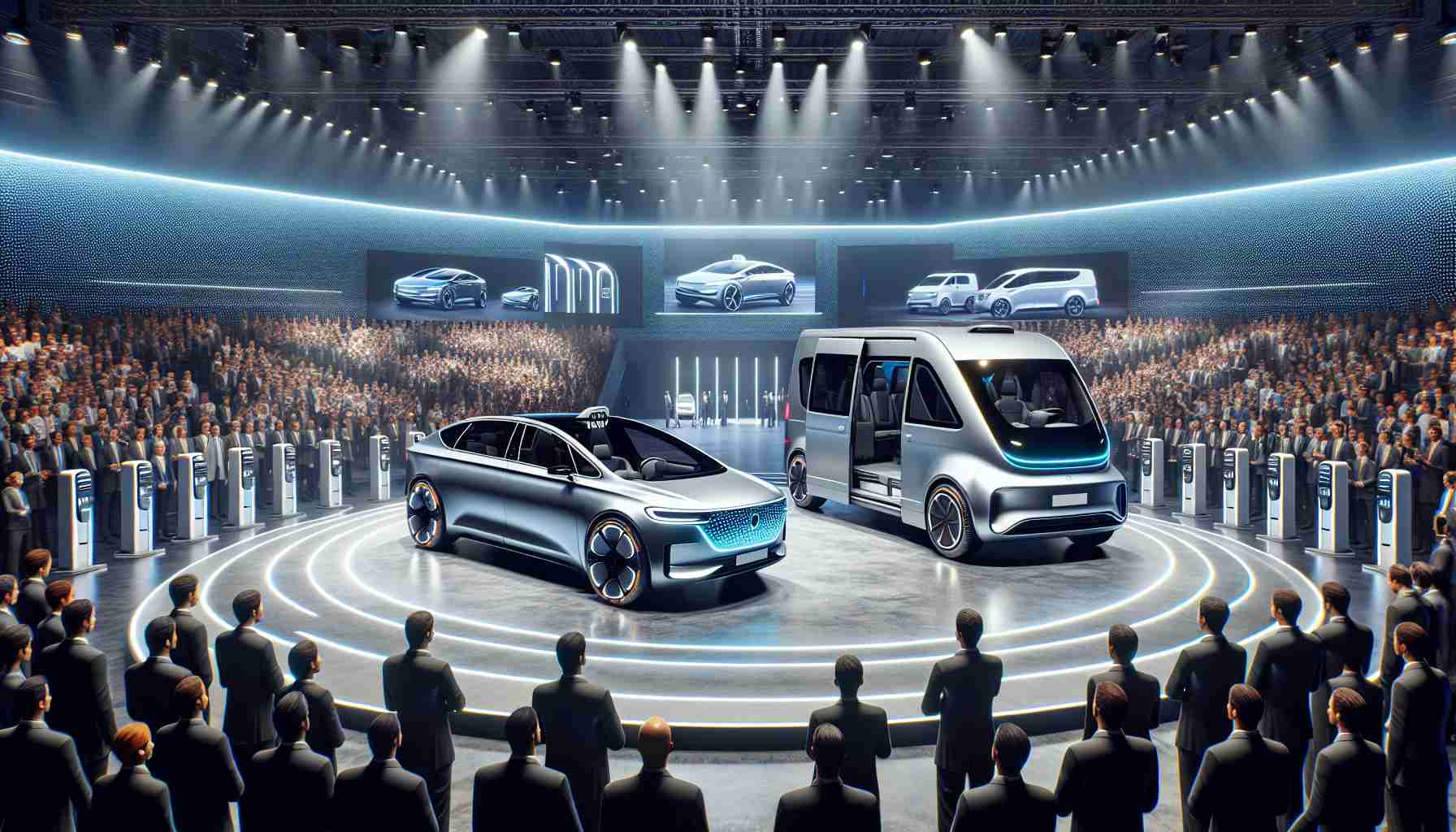During a recent event, Tesla’s CEO Elon Musk introduced an exciting new robotaxi and a robovan, marking a significant shift in the company’s vision for transportation. The robotaxi, featuring unique gull-wing doors and designed without traditional steering mechanisms, is set to roll out in 2026 with an expected price tag of around $30,000. Musk also revealed a sizeable robovan that can accommodate up to 20 passengers, although further specifics were scarce.
While Musk’s enthusiasm for autonomous vehicles is clear, experts express caution regarding the complexities of bringing such technologies to fruition. Potential safety issues and the need to navigate regulatory landscapes pose substantial challenges. Musk suggested that these self-driving vehicles could eventually outperform human drivers in safety and reliability, allowing users to reclaim their time during commutes.
The event, named “We, Robot,” attracted considerable attention, drawing millions of viewers online. Despite the excitement surrounding the presentation, some investors expressed disappointment over the lack of concrete timelines for production and operational readiness. The ambitious plans for a fleet of self-driving taxis and the ability for Tesla owners to rent their vehicles on a taxi app were notable omissions from Musk’s speech.
Looking ahead, the road to fully autonomous vehicle deployment remains fraught with difficulty. As Musk expressed optimism for the future, the practical realities of technological advancements and market demands continue to loom large.
Tesla Unveils Innovative Robotaxi and Robovan at Recent Event: A Closer Look
During a high-profile event, Tesla’s CEO Elon Musk unveiled groundbreaking concepts: an innovative robotaxi and a robovan, both aiming to redefine urban transportation. While the designs of the robotaxi, including its distinctive gull-wing doors and lack of steering wheel, have generated considerable excitement, the debut also raised important questions regarding the practical implementation of such advanced technologies.
What are the key features of Tesla’s new robotaxi and robovan?
The robotaxi is designed for urban environments and is expected to utilize Tesla’s Full Self-Driving (FSD) technology for safe navigation. The robovan, on the other hand, is created for versatility, which includes ample storage space for luggage and up to 20 seats, catering to family transport and group travel. Tesla aims for these vehicles to be fully operational by 2026, alongside the introduction of a ride-sharing platform integrated with Tesla’s app.
What are the challenges and controversies associated with the rollout of these autonomous vehicles?
A major challenge is the regulatory environment. Different regions have varying laws concerning autonomous vehicles, and achieving regulatory approval can be a slow process. Additionally, public perception and trust in the safety of self-driving technology remain crucial hurdles. The deployment also faces technological challenges, such as the reliability of the perception systems that allow the vehicles to operate safely in diverse environments.
What advantages do the new robotaxi and robovan offer?
The advantages of these vehicles include reduced transportation costs, increased accessibility, and the potential to alleviate urban congestion. By operating autonomously, Tesla’s robotaxi could lead to more efficient ride-sharing services. Moreover, the robovan’s capacity and flexibility could serve growing consumer demands in public and private transport sectors.
What are the disadvantages?
Despite their potential, there are significant concerns. The reliance on advanced technology raises issues around cybersecurity, as hackers could theoretically target autonomous vehicles. Moreover, the societal implications of widespread robotaxi use could lead to job losses in the driving profession—a possible controversy that Musk has yet to address in detail.
As Tesla gears up for the rollout of these innovative vehicles, questions remain regarding operational timelines, regulatory challenges, and public acceptance. The excitement around the “We, Robot” event underscores the company’s commitment to pioneering transport solutions, but the path to realization is laden with complexities.
For more information on Tesla’s automotive innovations, visit Tesla.com.














